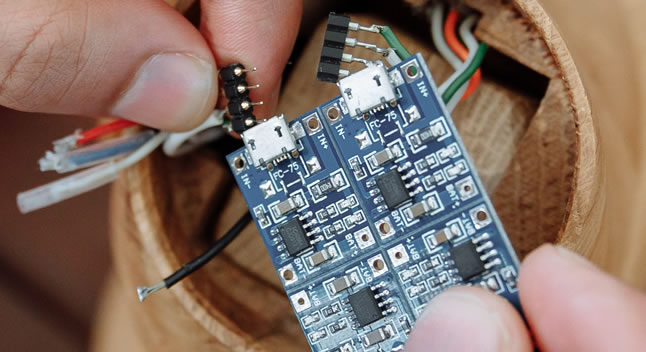Shenzhen Lingyu e-commerce Co., Ltd..has been an electronic device and component distributor,specializing in distributing electronics components with strong financial support for more than eight years. We are acting as the agent and distributor of famous brands of all over the world,including various kinds of brands, such as NVIDIA ,ATI,AMD ,INTEL,AD, DALLAS, ST, BB, MAX, TI, MOT, and PHI. Facing the sharply competitive market, we adhere to the principle of "Customer First and Fair Business". Our company connects with the manufacturers directly with the advantageous and competitive price and short lead-time. With high quality, reasonable price, punctual delivery time and professional services, we win good reputation from our customers. The annual dealing volume in our company increases stably every year.
Our company is always well informed and active to widen our product range. Here you can spend less time, energy and cost in finding your favorites. We are sure that we can provide you with good products and the best service as per your instruction.
Please contact us with your detailed requirements if you are interested in any of our products. We sincerely hope to cooperate with you for mutual benefits.
With over 24 years of global customer service experience,combined with our innovative and high service orientation have made LY a deeply trusted supply chain partner to the world's leading manufacturers and OEMs.
In the past 10 years, LY has focused on component supply and technical support for terminal manufacturers of automotive electronics, industrial medical and smart interconnection. LY has accumulated rich experience in cooperation and can fully meet the procurement needs of enterprises at different stages of product development. We are confident to share these valuable experiences to more cooperatives.
